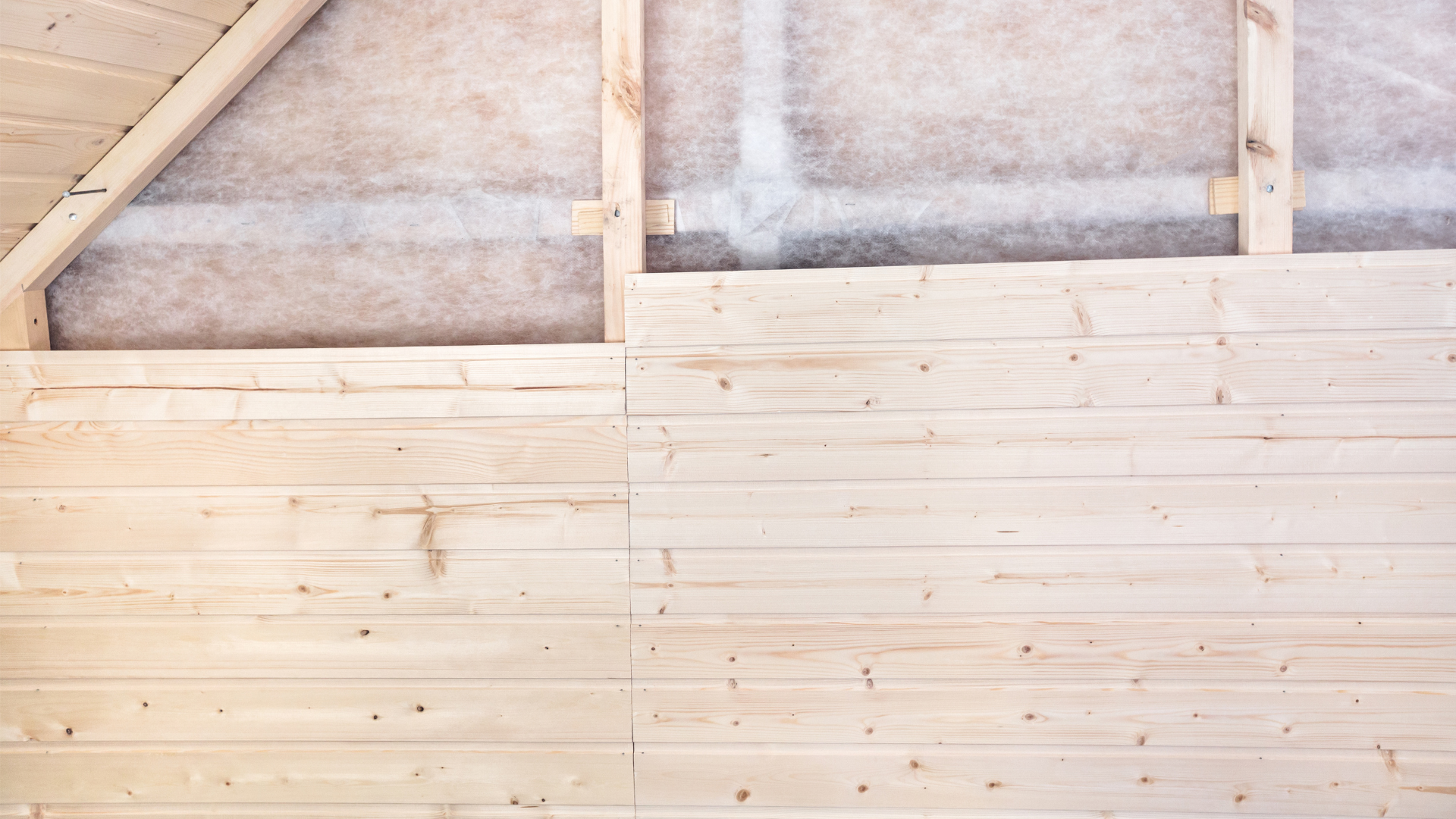Choosing the right cladding for your shed is of utmost importance. For one, it directly influences its longevity, protection, and overall aesthetics. But with tons of options available in the market, finding the perfect fit can be challenging.
In this blog post, we will delve into some of the most popular shed cladding materials. We’ll explore their unique features, advantages, and drawbacks. Keep reading!
Timber Cladding
Timber cladding owes to its timeless natural appeal and remarkable versatility. It has, in fact, skyrocketed among shed builders and homeowners alike.
The use of wood imparts a warm, rustic charm to the structures’ exterior. Wood shed cladding offers various designs, allowing for various profiles and finishes. This makes it suitable for both traditional and contemporary garden building designs.
When it comes to types of timber cladding, two main categories stand out:
- softwood
- hardwood
Softwood, such as cedar and wood pine, is more used due to its cost-effectiveness. Meanwhile, hardwood, like oak or teak, boasts superior durability and resistance to decay. This makes the latter a premium choice for those seeking exceptional longevity.
There are also a number of different cladding types you can use:
- Shiplap Cladding
- Feather-edge Cladding
- Tongue and Groove Cladding
While it is beautiful, timber cladding requires regular maintenance and treatment. For instance, periodic staining, sealing, or painting depends on the shed’s condition. Nonetheless, routine upkeep helps prolong its life and retain its natural beauty.
For extra information on the different kinds of cladding, you can explore our helpful guides including our comparison between shiplap and tongue and groove.
Metal Cladding
Metal cladding presents itself as a robust and low-maintenance choice for shed exteriors. It ensures that your garden unit remains resilient against various weather elements. These include rain, wind, and UV rays without succumbing to rot or decay.
There are several types of metal shed cladding materials available:
- Steel is known for its exceptional strength. This makes it an excellent choice for areas prone to severe weather conditions.
- Aluminium boasts lightweight properties, making it easier to handle during installation.
- Zinc offers remarkable corrosion resistance. It guarantees your shed’s exterior remains unblemished for years.
One of the significant advantages of metal cladding is its inherent fire resistance. What’s more, it tends to have an impressive lifespan, requiring minimal upkeep over the years!
Vinyl Cladding
Vinyl cladding emerges as a budget-friendly and effortlessly installed alternative for shed exteriors. Not only is it a money saver, but it also saves time and effort during construction.
Moreover, vinyl shed cladding boasts exceptional rot, insect, and moisture resistance. This durability makes it a top choice for sheds located in damp or humid environments.
However, potential drawbacks include limited colour choices compared to other cladding materials. This can potentially limit design possibilities for those seeking specific aesthetics. Also, prolonged exposure to harsh sunlight might cause colour changes over time. Despite these minor downsides, vinyl cladding remains a practical option for shed exteriors.
Fibre Cement Cladding
Fibre cement cladding is made from a blend of cement, cellulose fibres, and sand. This sustainable material offers a greener alternative while maintaining durability and style.
Fibre cement also comes with a wide array of finishes available. These include textures that mimic wood cladding, stone, or stucco.
Its exceptional durability makes it resistant to rot and pests. Its moisture and UV rays resistance further enhances its appeal for various climates. Overall, this ensures the longevity of your shed without the need for constant upkeep.
Comparison and Considerations
Each shed cladding option has its set of advantages and disadvantages. Timber cladding offers natural appeal and versatility but requires regular maintenance. Metal cladding stands out for its durability and low maintenance. However, colour choices may be limited, and they could fade over time.
Vinyl cladding is affordable, easy to install, and resistant to rot and moisture. But colour options may be restricted, and they can fade with prolonged exposure to sunlight. Fibre cement cladding is modern, environmentally friendly, and offers excellent durability. Yet it may be less budget-friendly than other options.
To make the best choice, assess your needs, budget, and aesthetic preferences. Factors like climate, shed usage, and local regulations should also be considered.
Consulting with cladding experts like TimberX can provide invaluable insights and shed services. Don’t hesitate to contact us – our team will help you find the right cladding or timber product for you!
